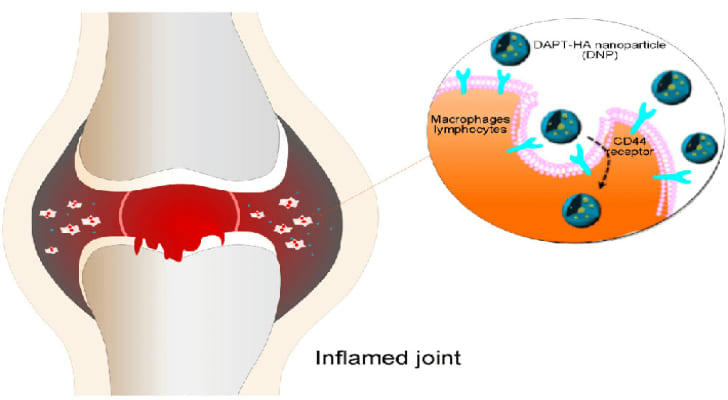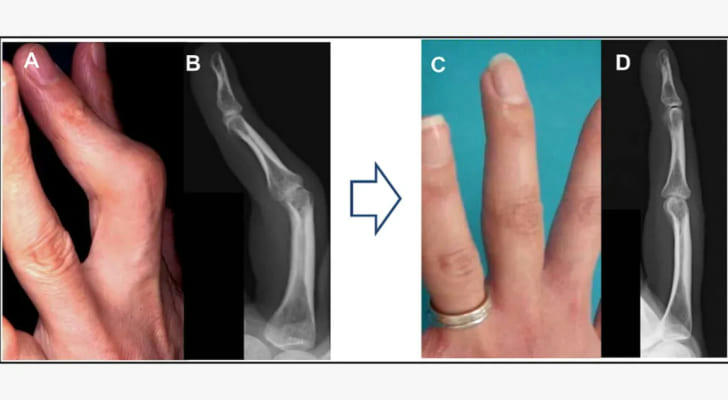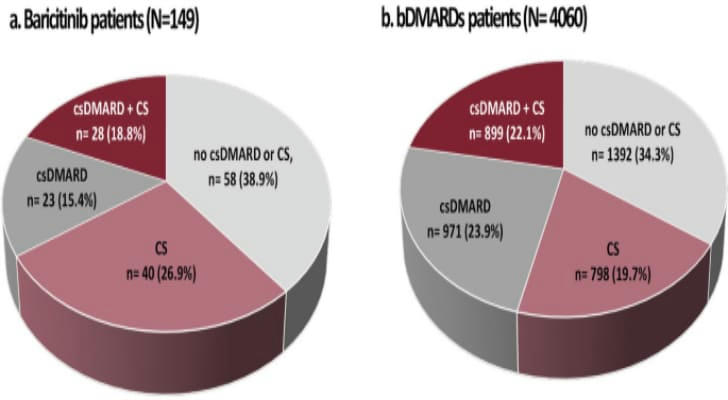Italian Arthritis Drugs: Innovative Treatments to Improve Patients’ Lives
Arthritis, including osteoarthritis and rheumatoid arthritis, is a common chronic disease worldwide, especially among the elderly population. In Italy, arthritis has become a major challenge in the field of public health as the population ages. The Italian healthcare system has invested a lot of research and resources in the treatment and management of arthritis, especially in the field of drug research and development. This article will take a deep look at the types of Italian arthritis drugs, their therapeutic effects, and how they help patients improve their quality of life.
Ⅰ. Overview of Italian Arthritis Drugs

1. Non-steroidal Anti-inflammatory Drugs (NSAIDs)
NSAIDs are one of the most commonly used drugs for the treatment of arthritis. They reduce inflammation and pain by inhibiting cyclooxygenase (COX). This type of drug includes ibuprofen, diclofenac sodium, etc., which can be purchased directly in pharmacies in Italy or obtained by prescription. The advantage of NSAIDs is that they can quickly relieve symptoms, but long-term use may cause gastrointestinal side effects.
2. Disease-Modifying Antirheumatic Drugs (DMARDs)
For autoimmune diseases such as rheumatoid arthritis, DMARDs can slow the progression of the disease and prevent joint damage. Such drugs include methotrexate, hydroxychloroquine sulfate, etc., and usually require a doctor's prescription. The mechanism of action of DMARDs is to reduce inflammation and joint damage by inhibiting the overreaction of the immune system.
3. Biologics
Biologics are a new type of targeted therapy drugs that target specific inflammatory mediators, such as tumor necrosis factor (TNF) inhibitors. This type of drug is widely used in Italy to treat moderate to severe rheumatoid arthritis. The advantage of biologics is that they can accurately target treatment and reduce the impact on normal cells, but the price is relatively high and may increase the risk of infection.

Ⅱ. Case Analysis
1. Nonsteroidal Anti-inflammatory Drug Case
Maria in Rome is a retired teacher who has been suffering from osteoarthritis for a long time. At the doctor's advice, she began to use nonsteroidal anti-inflammatory drugs for treatment. The medication effectively relieved her joint pain and stiffness, allowing her to enjoy outdoor activities and travel again. Maria said that the medication has significantly improved her quality of life and she is able to participate more actively in social activities.
2. DMARDs Case
Andrea from Turin was diagnosed with rheumatoid arthritis, and the disease seriously affected his daily work and life. After receiving DMARDs treatment, his condition improved significantly and he was able to return to work and participate in family activities. Andrea believes that DMARDs treatment not only relieved his symptoms, but more importantly, it slowed the progression of the disease and protected his joint function.
3. Biologics Case
Sophia from Milan suffers from ankylosing spondylitis, a disease that causes chronic back pain and joint stiffness. After using biologics, Sophia's symptoms were effectively controlled and her quality of life was significantly improved. Sophia said that biologics allowed her to regain the ability to work and socialize, and she was very satisfied with the treatment results.

Ⅲ. Advantages of Italian Arthritis Drugs
1. Rapid Symptom Relief
Italian arthritis drugs can quickly relieve pain and inflammation and help patients return to normal life. Drugs such as NSAIDs and DMARDs have an immediate effect in relieving symptoms, especially for patients with acute pain attacks, which can quickly relieve pain.
2. Improve Quality of Life
Long-term drug treatment can not only relieve symptoms, but also improve patients' overall quality of life, including sleep, mood, and ability to carry out daily activities. For many arthritis patients, drug treatment enables them to better participate in work and social activities and improves life satisfaction.
3. Slow Down the Progression of the Disease
For some types of arthritis, such as rheumatoid arthritis, drug treatment can slow the progression of the disease and protect the joints from further damage. Drugs such as DMARDs and biologics play an important role in controlling disease activity and preventing joint destruction.

4. Innovative Drug Research and Development
Italy is a world leader in arthritis drug research and development, and continues to introduce new drugs and treatments. These innovative drugs provide more treatment options for arthritis patients, especially when traditional drug treatments are ineffective or intolerant, providing new hope.
Conclusion
Italy has made remarkable achievements in arthritis drug research and development and treatment, providing patients with a variety of effective treatment options. Drugs such as nonsteroidal anti-inflammatory drugs, DMARDs, and biologics play an important role in relieving pain, improving quality of life, and slowing down disease progression. With the continuous deepening of medical research, more innovative drugs and treatments may be introduced in the future, bringing greater hope to arthritis patients. For patients, choosing appropriate drugs and treatment plans and conducting standardized treatment under the guidance of doctors are the key to improving quality of life and controlling the disease. Italy's medical system and drug research and development will continue to contribute to global arthritis treatment.
